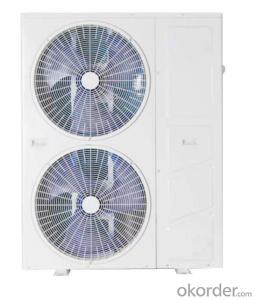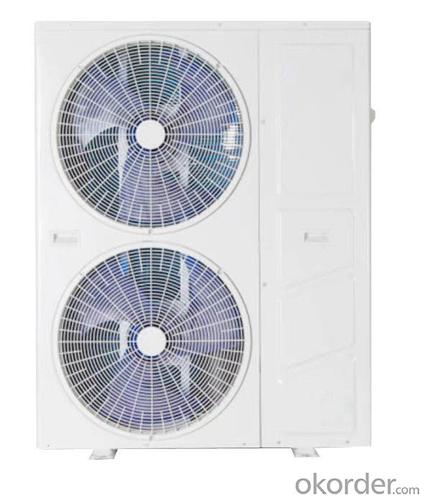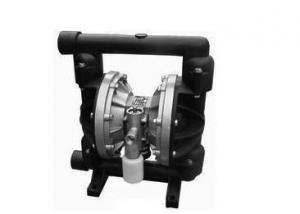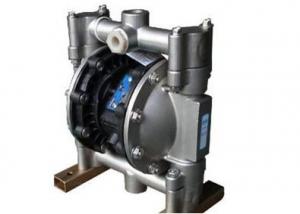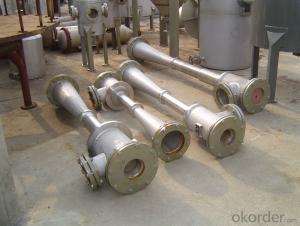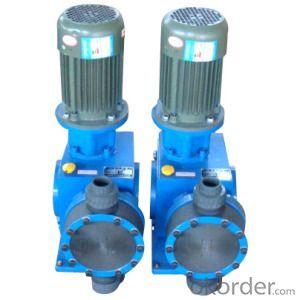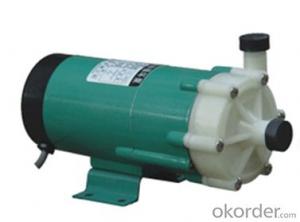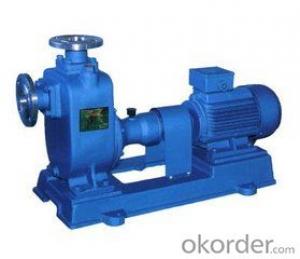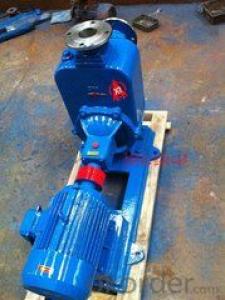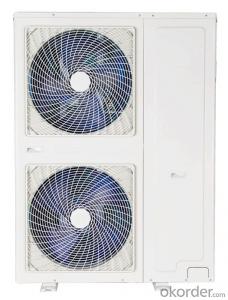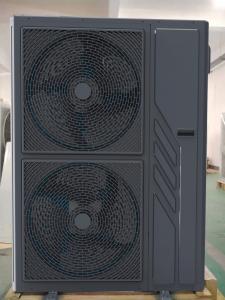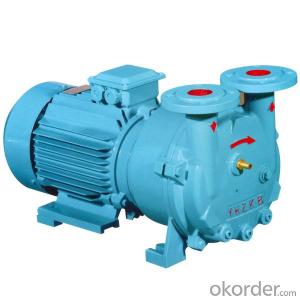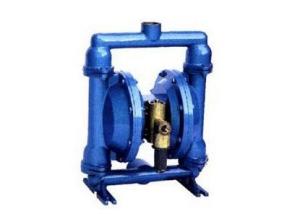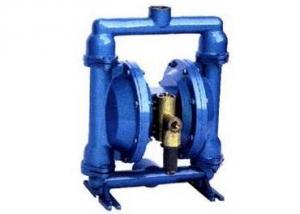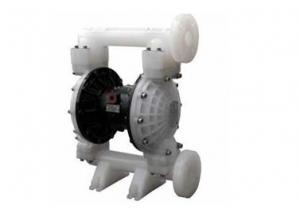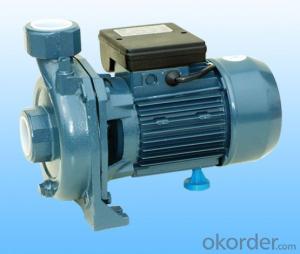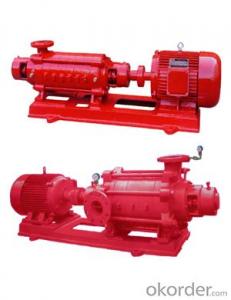Ultra-low temperature air energy heat pump 8P
- Loading Port:
- XINGANG
- Payment Terms:
- TT OR LC
- Min Order Qty:
- 1 watt
- Supply Capability:
- 1000 watt/month
OKorder Service Pledge
OKorder Financial Service
You Might Also Like
●Bozhi air source heat pump 8P models, divided into 220V and 380V
●DC frequency conversion speed regulation technology
The use of DC frequency conversion compressor plus DC frequency conversion fan, according to user requirements can accurately adjust the running speed, efficient energy-saving, quiet and comfortable operation.
●Intelligent self-inspection and automatic early warning and repair
Automatic detection system running state, real-time algorithm analysis, and may foresee the problems of real-time intelligent early warning, avoidance, repair.
●Cloud platform expert hosting and remote control
The expert engineers can monitor, diagnose and warn the products in real time, and deal with them in time to keep the unit in good condition. Users can also remotely control the product through mobile phone APP on/off, operating mode, room temperature, etc.
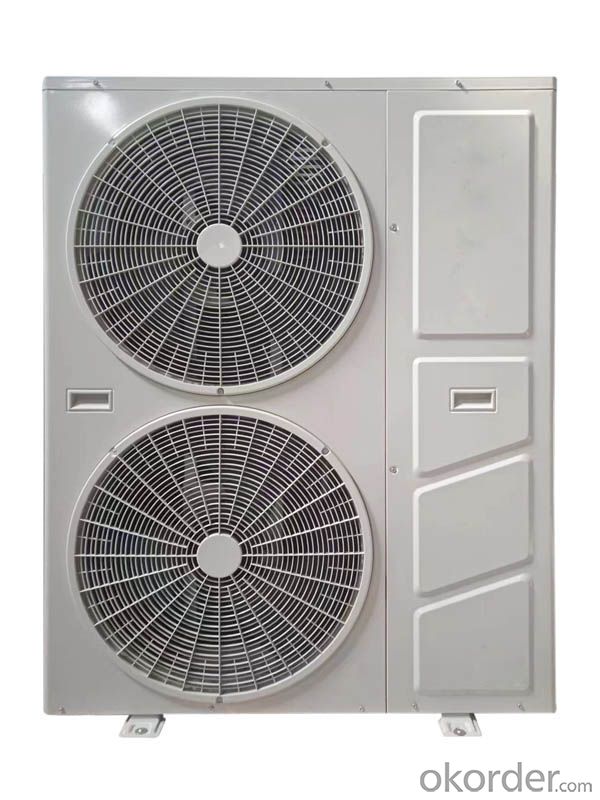
- Q: Can an air pump be used for inflating air-filled promotional products?
- Yes, an air pump can be used for inflating air-filled promotional products. Air pumps are designed to provide a quick and efficient method of inflating various objects, including inflatable promotional products such as balloons, inflatable furniture, and other air-filled items. By connecting the pump to the promotional product's valve, one can easily inflate it to the desired level of firmness. This method is often preferred over manual inflation as it saves time and effort, ensuring a consistent result. Additionally, air pumps usually come with different nozzle attachments to fit various valve sizes, making them versatile for inflating different types of air-filled promotional products.
- Q: How does an air pump handle different sizes of inflatables?
- An air pump can handle different sizes of inflatables because it typically comes with various nozzle attachments. These nozzle attachments are designed to fit different valve sizes on inflatables, allowing the air pump to effectively inflate a wide range of sizes. For larger inflatables, such as air mattresses or pool floats, the air pump may have a larger nozzle attachment that can quickly fill them with air. On the other hand, smaller inflatables like balloons or beach balls may require a smaller nozzle attachment to ensure a snug fit on their valves. By offering different nozzle attachments, the air pump can easily adapt to the size and type of inflatable being inflated, ensuring a secure and efficient inflation process.
- Q: Can an air pump be used for inflating air dusters?
- No, an air pump cannot be used for inflating air dusters. Air pumps are typically used for inflating items such as tires, sports balls, or air mattresses. Air dusters, on the other hand, are designed to blow compressed air to clean delicate electronic equipment or hard-to-reach areas. They usually come in aerosol cans and contain a compressed gas, such as difluoroethane or tetrafluoroethane, which is released when the trigger is pressed. Trying to use an air pump to inflate an air duster would not be effective, as it would not provide the necessary pressure or release the compressed gas.
- Q: What are the different valve options for air pumps?
- There are several valve options for air pumps, including the commonly used Schrader valve, Presta valve, and Dunlop valve. Each valve type has its own specific design and is compatible with different types of tubes and tires.
- Q: Can an air pump be used for inflating air horns?
- No, an air pump cannot be used for inflating air horns as air horns typically require a specific type of compressed air system or a canister of compressed air. An air pump is not capable of generating the necessary pressure or delivering the specific type of air required for air horns.
- Q: How does an air pump handle varying air densities?
- To accommodate changes in air density, an air pump is equipped with mechanisms such as adjustable intake and discharge valves, variable speed motors, and pressure sensors. These components work together to ensure efficient compression or movement of air, regardless of variations in temperature, altitude, or humidity. The adjustable intake and discharge valves enable the air pump to regulate the flow rate and pressure of the air being pumped. By manipulating these valves, the pump can compensate for fluctuations in air density and maintain optimal performance. For example, in high-altitude settings where air density is lower, the intake valve can be adjusted to allow more air into the pump, ensuring adequate compression. Variable speed motors are another essential component that enables the air pump to handle different air densities. By modifying the motor's speed, the pump can increase or decrease its pumping capacity to match the changes in air density. This guarantees that the pump can deliver the necessary airflow and pressure regardless of the surrounding conditions. Furthermore, pressure sensors play a crucial role in managing varying air densities. These sensors continuously monitor the pump's internal pressure and provide feedback to the control system. Based on this feedback, the control system can make necessary adjustments to maintain consistent performance. For instance, if the air density decreases due to a temperature increase, the pressure sensor will detect the change and instruct the air pump to increase its speed or adjust the valves to sustain the desired pressure. In conclusion, an air pump effectively handles different air densities by utilizing adjustable intake and discharge valves, variable speed motors, and pressure sensors. These components work in tandem to ensure optimal performance and the delivery of required airflow and pressure in any given environment, regardless of temperature, altitude, or humidity. By adapting its operating parameters, an air pump can efficiently compress or move air despite changes in air density.
- Q: Can an air pump be used for inflatable stage props?
- Indeed, one can utilize an air pump for the inflation of inflatable stage props. To maintain inflation, these props demand a continual flow of air, which can be provided by an air pump. By employing suitable attachments, such as a nozzle or valve, the air pump can be connected to the inflatable stage prop, ensuring a secure and efficient inflation process. The selection of an appropriate air pump is crucial, taking into account factors such as the size and material of the props. Furthermore, it is advisable to diligently adhere to the manufacturer's instructions and guidelines to ensure the proper and safe utilization of the air pump with the inflatable stage props.
- Q: Can an air pump be used for inflatable zorb balls or human hamster balls?
- Yes, an air pump can be used for inflating zorb balls or human hamster balls. These inflatable balls typically have a valve that can be connected to an air pump to fill them with air. The air pump provides a steady flow of air into the ball, gradually expanding it until it reaches the desired size and firmness. It is important to use an air pump specifically designed for inflatables to ensure safe and efficient inflation.
- Q: What is the recommended air flow rate for a fish tank air pump?
- Determining the ideal air flow rate for a fish tank air pump is contingent upon various factors including tank size, fish population, and the specific needs of the fish species. It is generally advised to maintain an air flow rate of 0.5 to 1 gallon of air per hour for every gallon of water in the tank as a general rule. This ensures the water sustains proper oxygen levels, a vital aspect for the fish's health and well-being. Nevertheless, it is crucial to take into account the particular requirements of your fish species as some may necessitate higher or lower oxygen levels. Furthermore, the presence of live plants or aeration devices in the tank may also impact the recommended air flow rate. Consequently, consulting an experienced aquarium specialist or referring to the manufacturer's specific recommendations for your air pump is the best course of action to determine the most suitable air flow rate for your fish tank.
- Q: How long does it take for an air pump to inflate an average-sized tire?
- The time it takes for an air pump to inflate an average-sized tire can vary depending on several factors such as the type and power of the air pump, the initial pressure of the tire, and the desired final pressure. However, on average, it typically takes around 3 to 5 minutes for an air pump to fully inflate an average-sized tire. It is important to note that this is just an estimate and the actual time may vary.
Send your message to us
Ultra-low temperature air energy heat pump 8P
- Loading Port:
- XINGANG
- Payment Terms:
- TT OR LC
- Min Order Qty:
- 1 watt
- Supply Capability:
- 1000 watt/month
OKorder Service Pledge
OKorder Financial Service
Similar products
Hot products
Hot Searches
